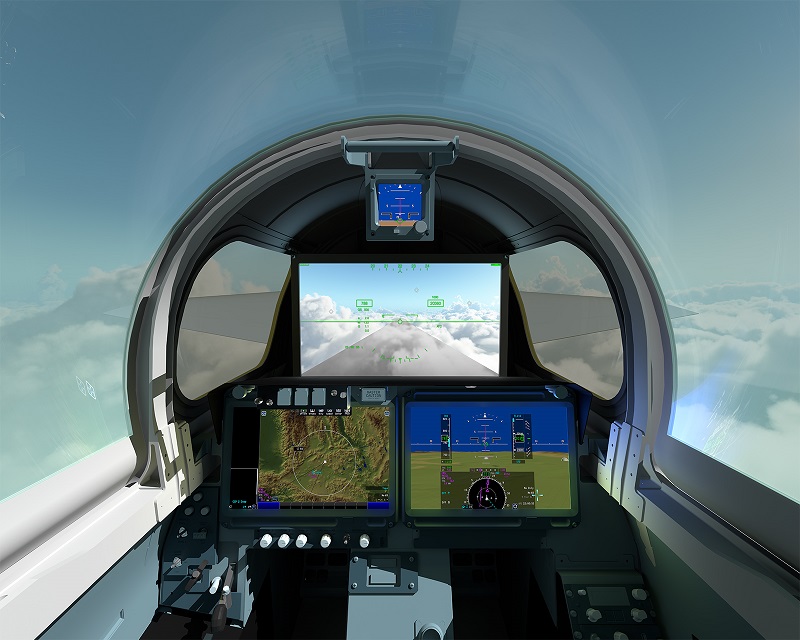A cracked windscreen will not be a worry for pilots a new supersonic X-plane designed to tame the sonic boom: it won’t have one.
NASA’s X-59 Quiet SuperSosnic Technology (QueSST) aircraft will not have a forward-facing window but a 4K monitor that does the same job and more.
NASA says the monitor will allow a pilot to see the flight path, and provide additional visual aids for airport approaches, landings and takeoffs.
It will stitch together images from two cameras outside the aircraft and combine them with terrain data from an advanced computing system.
READ: NASA lowers the boom for supersonic travel.
Displays below the monitor, known as the eXternal Visibility System (XVS), will provide the pilot with systems and trajectory data.
Two side portals and a traditional canopy that will help the pilot see the horizon.
“The XVS is one of several innovative solutions to help ensure the X-59’s design shape reduces a sonic boom to a gentle thump heard by people on the ground.
“Though not intended to ever carry passengers, the X-59 boom-suppressing technology and community response data could help lift current bans on supersonic flight over land and enable a new generation of quiet supersonic commercial aircraft.”
Work on the plane is already underway.
Parts for the new plane’s wing recently arrived at the Palmdale California production facility of NASA partner Lockheed Martin.
The X-Plane will fly at altitudes up to 55,000 feet and speeds up to 1.4 times the speed of sound.
The wing is designed to interact with other features of the aircraft, such as its long nose, top-mounted engine, and uniquely placed canards, to control the location and strength of shockwaves.
NASA says shockwaves from the aircraft’s surfaces are the main culprit behind the sonic boom and X-59 prevents them from merging.
The X-59 is not designed to carry passengers but will conduct a series of tests by flying over communities in the US. It is scheduled for delivery in 2021 and for flight tests from 2022.
The prediction is the thump heard by people on the ground will be no louder than a car door closing.

Lockheed Martin has signaled that it is looking at a twin-engine airliner that will carry up to 40 people at speeds of Mach 1.8 as a result of its work with NASA.
The aircraft would need newly-designed engines and the thinking is it would have a range of about 5200 nautical miles.
This would allow it to fly routes such as New York-London, Tokyo-Los Angeles, and Tokyo-Sydney.
The aircraft is still in the conceptual stage but would be a competitor to a 55-seat plane being designed by Boom Supersonic.
























